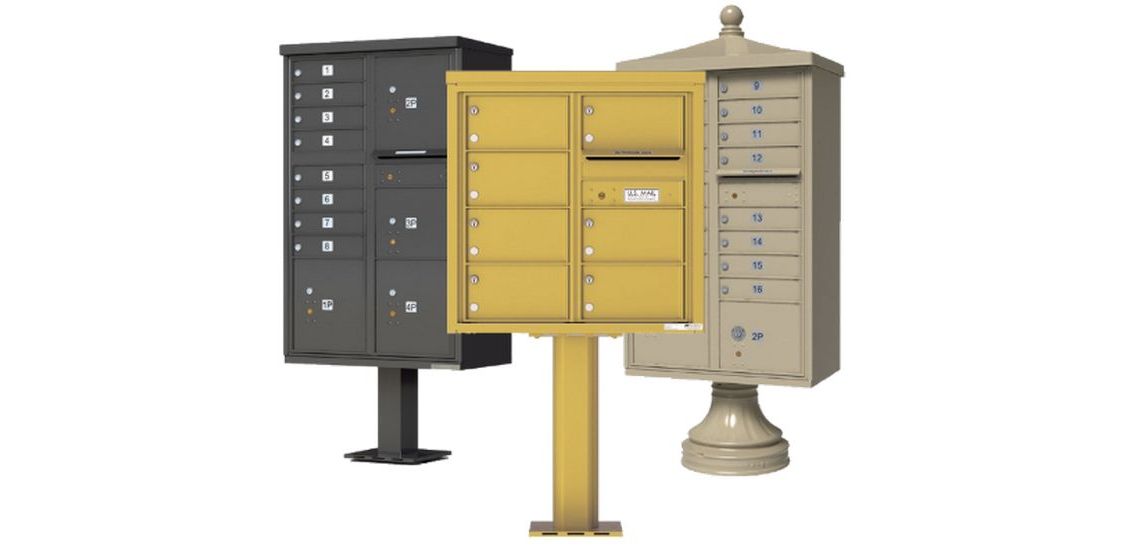The Merriam-Webster Dictionary defines an address as “directions for delivery on the outside of an object (such as a letter or package).” But when is an address not really an address?
The answer is when an address specifies a physical location that cannot receive U.S. Postal Service mail, but can possibly receive deliveries from other services such as FedEx or UPS. These addresses are an important subset of the contact data most firms will encounter in the course of business. This article explores the reasons for such addresses, and how you can detect and work with them.
Understanding addresses and deliverability
The USPS supports over 150 million delivery points in the United States, with more than a million new ones added each year. However, it is not true that each of these delivery points corresponds to an individual residence or business. Some examples of this include:
- General delivery, where individuals can pick up mail at a post office.
- Rural routes, where mail may be delivered to a central location rather than delivered to homes.
- Highway contract routes, where third parties deliver mail along a route based on assigned box numbers.
This means that it is not uncommon to have a physical location – such as a rural home – that does not receive door delivery of USPS mail, yet still has an addressable location. Here is one example of such an address:
Mr. Example Address
6991 6th Concession Rd. (this is the physical address)
RR#4 (this is the mail delivery address)
AnyTown, AL 12345
The resident of this address knows that the USPS will deliver their mail to a centralized delivery location. Generally these are rural areas that use a centralized delivery area where residents of the community will collect their mail at a rural station, branch or cluster box. This previous article from our blog looks at some of the situations where delivery addresses like these occur.
Mailing addresses like these will commonly contain something like PO Box, Rural Route (RR#) or ‘General Delivery’ in the address, which specify where the USPS will deliver mail to in this scenario. In the above example, the USPS is interested in the “RR#4” (and of course the city, state, and ZIP code) to deliver the mail. The “6991 6th Concession Rd.” part of the address does not exist in the USPS address database, and is either ignored or potentially flags the mail as undeliverable.
However, many third-party delivery services – such as FedEx, UPS, DHL, and increasingly Amazon.com themselves – are willing and able to deliver to the door for such addresses. For example, in the case shown above, they can use the “6991 6th Concession Rd.” part of the address to deliver directly to the physical location. As a result, particularly with the growth of online ecommerce, such “last-mile” delivery addresses are becoming an important part of business contact data.
How to work with non-USPS addresses
What makes scenarios like these tricky for your business is that one of two things must happen to process these addresses correctly: (1) the customer is aware of having two potential delivery addresses AND gives you the correct one for your shipping method, or (2) as an ecommerce provider, shipper, direct mailer, or other business, you collect both parts of the address and determine the most deliverable address based on the specifics of your order or shipment.
We have tools that will allow you to automate this process. First, Service Objects’ DOTS Address Validation US product can be used to initially validate mailing addresses supported by the USPS. This USPS CASS-certified service not only verifies addresses and flags them for postal deliverability, it can also detect situations such as rural routes, general delivery addresses, or highway contract routes.
Next, for those addresses that fail this delivery validation process, you can then run these address against our DOTS Address Insight product, which is not reliant on the address appearing in the data set of USPS deliverable locations. This service will validate the closest (and normally the same) physical address to the one provided, giving you the confidence to use it with third-party delivery services. In addition, it can also provide you with geocoding data and associated demographics to power your marketing efforts.
These tools combine to help you provide seamless delivery to all of your customers, regardless of whether they live in a USPS-deliverable location. They can be integrated via API interfaces with your CRM, marketing automation, or order processing platform, or processed remotely via our batch services.
Want to learn more? Contact our address validation experts to discuss the right services for your business needs.













